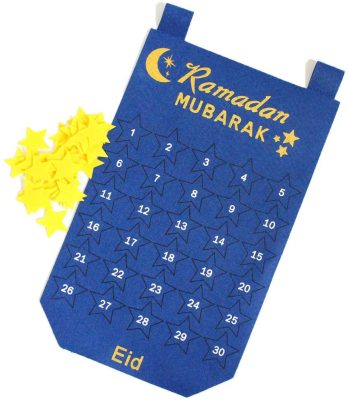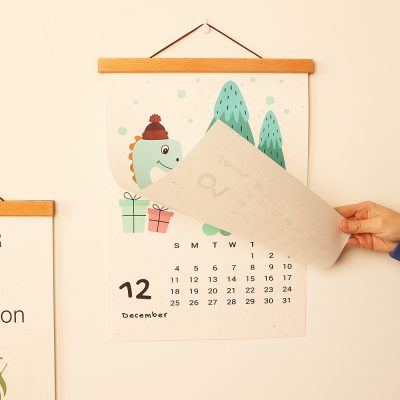The desk calendar has developed over time for nearly a century. Desk calendars can be roughly divided into: seven triangular desk calendars on paper bases, 13 triangular desk calendars on paper bases, crystal acrylic desk calendars, plastic desk calendars, imitation leather desk calendars, multi-functional desk calendars, mahogany desk calendars, various special edition desk calendars, etc.
my country began to have a calendar about 4,000 years ago. According to a page of the oracle bone calendar in the oracle bone inscriptions, it is proved that the calendar of the Yin Dynasty has reached a considerable level. The calendar is the oldest physical almanac of all mankind, and this oracle bone calendar is also called the calendar. Tang poetry: “There are no calendar days in the mountains, and the year is cold.” “Calendar days” may be the earliest desk calendar. In the Tang Dynasty, historians cut paper on a daily basis and bound them into volumes, one per month. The month and date are written on each page, and there is a blank space for the eunuchs to record the emperor’s words and deeds. This is the “calendar day”. At the end of the “calendar” month, it is first handed over to the emperor for review, and then archived by the historian for the compilation of “National History”. Because of its function of keeping track of time and discussing affairs, civil and military officials followed suit. But the real calendar came into being. About 1,000 years ago, in the first year of Yongzheng of Tang Shunzong, the imperial calendar was already used in the palace. The first page a day records the state, court events and the emperor’s words and deeds. The imperial calendar is divided into twelve volumes, the number of pages in each volume is the same as the number of days in a month, and each page is marked with the number of days and dates. Later, the contents of the month, day, branch, and season were written on it in advance, and the lower part was left blank for notes, which is similar to the current “desk calendar”. At that time, the eunuch who served the emperor wrote down the emperor’s words and deeds in the blank space of the calendar. At the end of the month, after the emperor checked and proved that it was correct, it was sent to the historian for archives, which was called the calendar at that time, these days. Later, it was used as the basis for historians to compile the “National History”. Later, court ministers followed suit and compiled their own calendars. As for the monthly calendar, it has developed into various forms such as wall calendars and desk calendars. It is only a matter of nearly a century.














